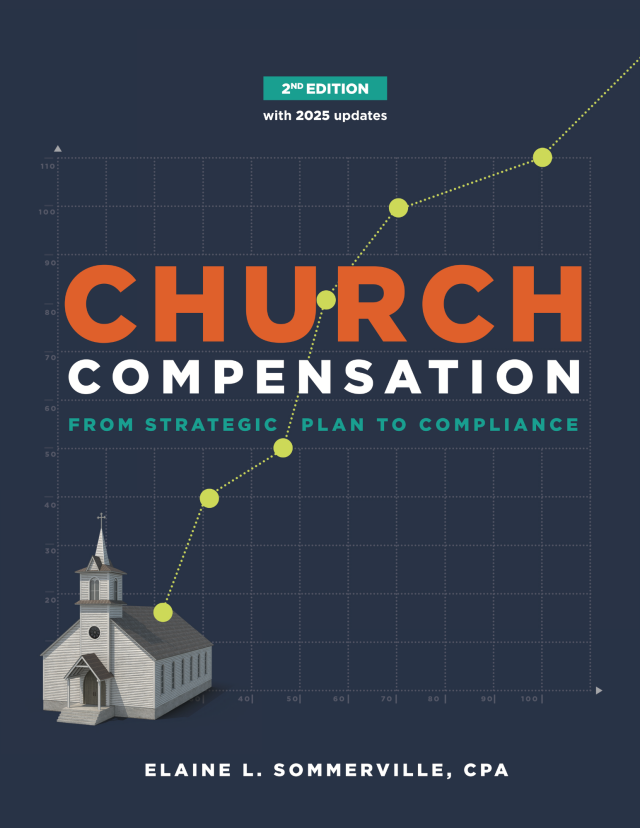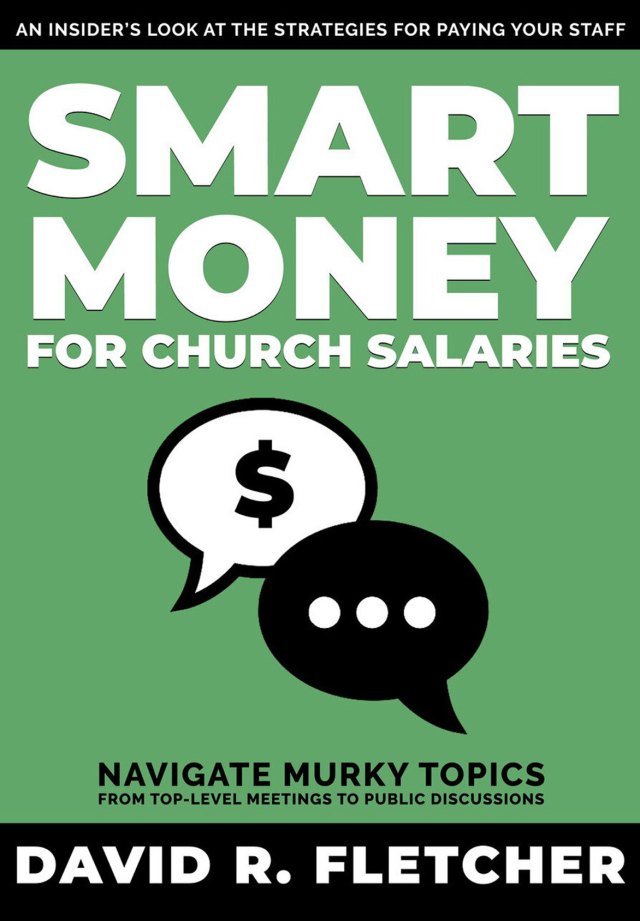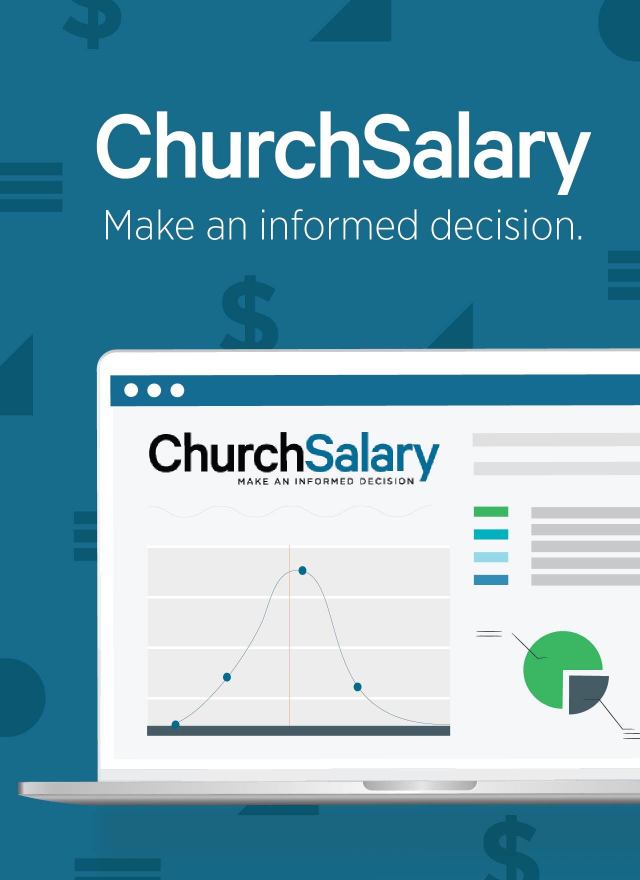Q: We want to offer all staff who work 32 hours a week or more discounts to church retreats and functions. Does the “employee discounts” exclusion outlined in IRS Publication 15-B apply or must discounts be treated as taxable income to the employees? The publication says: “This exclusion applies to a price reduction you give your employee on property or services you offer to customers in the ordinary course of the line of business in which the employee performs substantial services.”
I would also like to point out that Publication 15-B says, “You can generally exclude the value of an employee discount you provide an employee from the employee’s wages, up to” certain limits—including “a discount on services, 20% of the price you charge nonemployee customers for the service.”
There are some caveats to this discount, and this one may apply to your executive leadership: “You can’t exclude from the wages of a highly compensated employee any part of the value of a discount that isn’t available on the same terms to” other employees.
If you are giving a discount of 20 percent or less to any employee, it is nontaxable. If the discount is more than 20 percent, then the term “substantial services,” as you quoted above, will need clarification from a tax expert.
For some additional insights, I reached out to nonprofit CPA Mike Batts, a nationally noted expert, an editorial advisor of Church Law & Tax, and author of Church Finance: The Church Leader’s Guide to Financial Operations. He concludes his remarks by dealing specifically with the terms “line of business” and “substantial services,” which relates specifically to whether an employee needs to work in the department conducting the discounted activity in order to be eligible for the discount.
Here, then, is what Mike had to say:
The nontaxable fringe benefit rule that your reader is referring to is the “qualified employee discount” exclusion found in Internal Revenue Code Section 132(a)(2). Under this rule, an employer can generally exclude from an employee’s wages the value of an employee discount of up to 20 percent of the price charged to nonemployee customers for the same service. An employee discount provided to “highly compensated” employees is nontaxable only if the discount program does not discriminate in favor of highly compensated employees. In other words, the discount given to highly compensated employees should not be more favorable than that given to other employees. For this purpose, the term “highly compensated employee” generally refers to individuals whose total compensation exceeds $125,000. This is the amount applicable to 2019 and it is indexed annually for inflation. Note that for this purpose, the compensation used in determining whether an individual is highly compensated is the compensation of the prior year. The definition of “compensation” varies depending on the circumstances, but it generally does not include a validly designated clergy housing allowance within allowable limits. As far as the “substantial services” question, unfortunately, neither the Internal Revenue Code nor the related Regulations provide a definition or “bright-line” test for what constitutes “substantial services.” However, the Regulations do indicate that an employee who performs substantial services that directly benefit more than one line of business of an employer is treated as performing substantial services in all such lines of business. In our experience, we believe it is likely that all of the ministry activities of a traditional church taken together would comprise a single line of business for purposes of this fringe benefit rule. In practicality, churches rarely consider their employees to work in separate lines of business as that concept would be applied to this issue.
Visit ChurchLawAndTaxStore.com and check out these resources for additional insights:
- Church Compensation-Second Edition with 2025 Updates: From Strategic Plan to Compliane by Elaine Sommerville (chapters 8 and 9)
- Church & Clergy Tax Guide by Richard Hammar (chapters 4 and 5)



